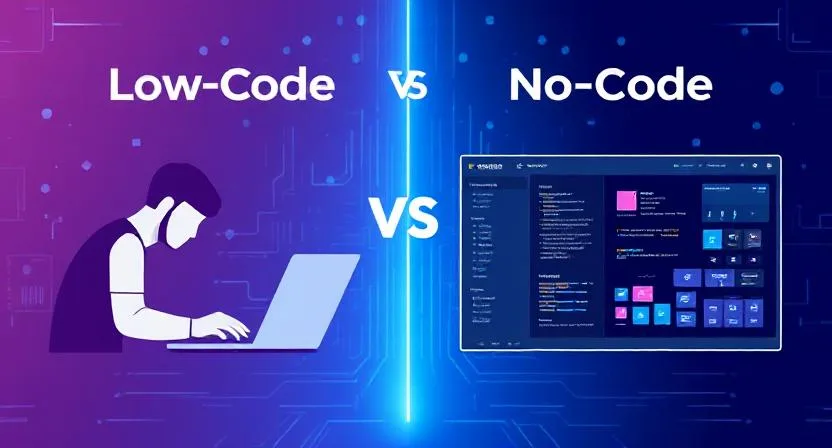In today’s fast-paced digital world, website speed is more critical than ever. A slow-loading website can frustrate visitors, increase bounce rates, and negatively impact your search engine rankings. If you’re wondering how to make your website load faster, you’re in the right place. This blog will provide actionable performance tips to optimize your website’s speed and deliver a seamless user experience.
Why Website Speed Matters
Before diving into the performance tips, let’s understand why website speed is so important. Studies show that 40% of users abandon a website if it takes more than 3 seconds to load. Additionally, Google considers page speed as a ranking factor, meaning faster websites are more likely to appear higher in search results. A faster website not only improves user satisfaction but also boosts conversions and revenue. Now, let’s explore the best strategies to make your website load faster.
1. Optimize Images for Faster Loading
Images are often the largest elements on a webpage, and unoptimized images can significantly slow down your site. Here’s how to optimize them:
- Compress Images: Use tools like TinyPNG or JPEGmini to reduce image file sizes without compromising quality.
- Choose the Right Format: Use modern formats like WebP, which offer better compression than JPEG or PNG.
- Lazy Load Images: Implement lazy loading to ensure images only load when they come into viewport.
By optimizing images, you can drastically reduce page load times and improve overall performance.
2. Enable Browser Caching
Browser caching allows your website to store static files (like CSS, JavaScript) on a visitor’s device. When they return, the browser can load these files from the cache instead of downloading them again. This reduces server load and speeds up page loading.
To enable browser caching, add the following code to your .htaccess file (for Apache servers):
apache
<IfModule mod_expires.c> ExpiresActive On ExpiresByType image/jpg "access 1 year" ExpiresByType image/jpeg "access 1 year" ExpiresByType image/gif "access 1 year" ExpiresByType image/png "access 1 year" ExpiresByType text/css "access 1 month" </IfModule>
3. Minify CSS, JavaScript, and HTML
Minification is the process of removing unnecessary characters (like spaces, comments, and code. This reduces file sizes and improves load times. Use tools like CSS Minifier, JavaScript Minifier, and HTML Minifier, and HTML.
4. Reduce HTTP Requests
Each element on your webpage (images, scripts, stylesheets) requires an HTTP request. Here’s how to reduce HTTP requests:
- Combine Files: Merge multiple CSS or JavaScript files into one.
- Use CSS Sprites: Combine small images into a single sprite sheet.
- **Content Delivery Network (CDN) and CDN, and CDN.
5. Reduce HTTP Requests
Each HTTP request and your website’s performance. Here’s how to reduce HTTP requests:
- Combine Files: Merge multiple CSS or JavaScript files into one.
- Use CSS Sprites: Combine small images into a single sprite sheet.
- **Content Delivery Network (CDN) and CDN.
6. Upgrade Your Hosting Plan
Your hosting provider plays a crucial role in your website’s performance. Shared hosting plans are often overcrowded, leading to slower load times. Consider upgrading to:
- VPS Hosting: Offers dedicated resources for better performance.
- **Dedicated hosting, and CDN.
7. Implement Accelerated Mobile Pages (AMP)
With mobile traffic accounting for over half of all web traffic, and mobile users. **Accelerated Mobile Pages (AMP) and mobile traffic and mobile users. **Accelerated Mobile Pages (AMP) and mobile traffic and mobile users.
8. Optimize Your Database
If your website uses a database (e.g., WordPress), optimizing it can improve performance. Over time, databases accumulate unnecessary data, and database tables. Use plugins like WP-Optimize or Advanced Database Cleaner to:
- Remove spam comments and post revisions.
- Optimize database tables and schedule regular cleanups.
9. Monitor and Test Your Website’s Performance
Regularly monitoring your website’s speed is essential to identify and fix performance issues. Use tools like:
- Google PageSpeed Insights: Provides detailed performance reports and suggestions.
- GTmetrix: Analyzes your site’s speed and offers optimization tips.
- Pingdom: Monitors uptime and performance.
By testing your website regularly, you can ensure it remains fast and efficient.
10. Bonus Tip: Use a Performance-Optimized Theme
If you’re using a CMS like WordPress, your theme can significantly impact load times. Choose a lightweight, performance-optimized theme that follows best coding practices. Avoid themes with excessive features and bloated code.
Conclusion
Improving your website’s speed is not a one-time task—it’s an ongoing process. By following these performance tips, you can make your website load faster, enhance user experience, and boost your search engine rankings. Start implementing these strategies today and watch your website’s performance soar! If you need further assistance, consider consulting a web developer or performance expert to fine-tune your site.
By focusing on how to make your website load faster, you’re taking a crucial step toward building a successful online presence. Don’t let slow load times hold you back—optimize your website now!










